Learn How the Grid and Solar Power Work
Learn how the grid and solar power work from Ridge Valley Exteriors. Solar power systems continue to be popular to produce clean energy. Increasingly, utility companies integrate solar power and the grid through programs such as net metering.
The solar power industry and the electric grid can benefit by stabilizing how, when, and where electricity is generated and distributed. Solar companies and the power grid can work together to better serve electricity needs when considering solar power.

How Does the Electricity Grid Work?
Companies are using the top-down model for over a century to run their electricity grids on a day-to-day basis in the United States. It goes like this:
Generation:
Big power plants generate more power. Using step-up transformers, the power is elevated to a very high voltage for transmission.
Transmission:
During transmission, high-voltage lines carry the generated electricity long distances.
Conversion:
Step-down transformers allow the high-voltage power to be converted into a lower voltage at local facilities.
Distribution:
Wires distribute electricity from transformers to homes and businesses around the area.
Transformation:
Voltage is further lowered by transformers attached to power poles.
Connection:
The electricity meter measures your consumption as it enters your home or business.
The Relationship Between the Solar Power System and the Electric Grid
Contrary to many people believe, solar power doesn’t necessarily mean you will be off the grid. There is no discussion of solar energy without addressing how solar power interacts with the grid. Solar-powered homes still rely on the grid to provide power, which is operated by utilities
After installing solar panels, why does your home still need electricity from the grid? Staying connected to the grid means that your home can draw extra electricity when solar panels can’t generate enough during the evening and on cloudy days. Additionally, when your home isn’t using all the electricity generated, such as when no one is at the house on a sunny day, your home can also send excess power back into the grid.
You’re most likely going to have an on-grid solar power system if you live in a typical house. Grid-tied solar panel systems are connected to the grid through bidirectional electricity meters. When your solar panels produce more energy than you need, excess electricity is sent to the grid, and excess electricity is pulled from the grid when not enough power is generated.
When you are truly off-grid, you don’t have any connection to the local power grid in any way. A distribution line does not serve your home. There is no backup in the event of a power outage or other issue, and you are entirely dependent on the electricity your solar panels produce.
The off-grid lifestyle requires some extra steps to be successful, such as generating energy from multiple sources, storing solar power in batteries, and designing your home to minimize excess energy use.
How the Solar Energy and Utility Grid Companies Can Work Together
The world focuses more on renewable energy sources to establish a pollution-free planet, but the grid is not yet ready to integrate these sources fully. The upgrade will be difficult without the involvement of utility companies and solar companies. The New Utility Revolution entails this concept.
Utilities should accept that time has changed and look for new ways to replace the current top-down system with a distributed generation system. It is possible for solar homeowners, utility companies, and the grid to all benefit simultaneously from the new smart grid, but only if everyone works together.
To enable solar power and the grid to work together, utilities should adopt distributed generation, increase solar generation, and invest in solar technologies.
Key Takeaways
The use of solar power is a key component of the greater renewable energy movement that helps mitigate global warming. Solar companies are working tirelessly to improve solar technology, and utilities can adapt to this new norm by working with and collaborating with them. Solar power and the grid work well with net metering and time-of-use rates, but more can accommodate solar-powered homes.
The grid can smooth out demand curves, reduce grid stress, and lower grid upgrades and maintenance costs with solar power. Grid operators must keep up with modern solar technologies to better serve the population’s electricity needs. People are going solar, and utilities should be proactive or combative to this trend.
For more information about this topic, contact Ridge Valley Exteriors in Kennesaw, GA, Raleigh, NC, Tampa and Marco Island, FL at 844-741-7663.

